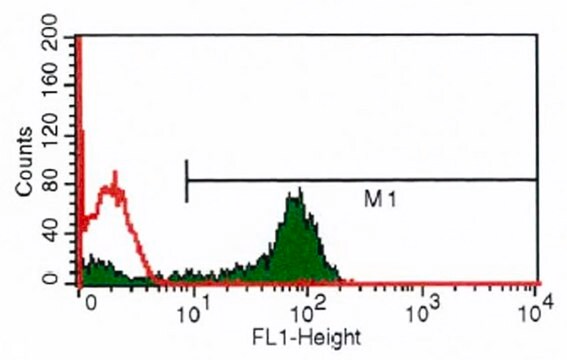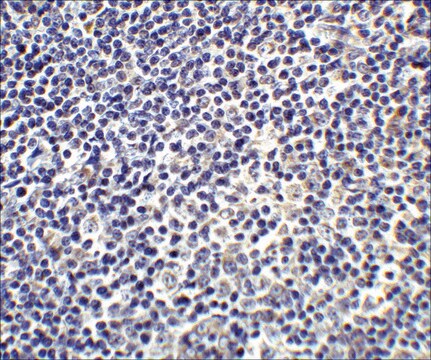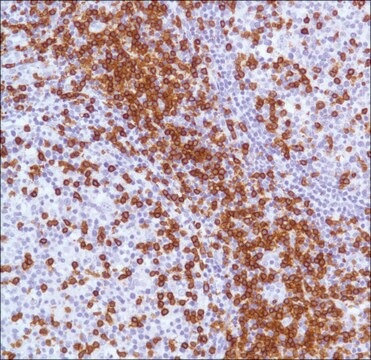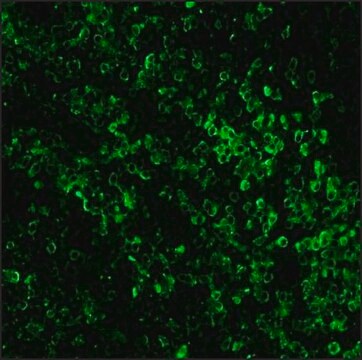MABF317
Anti-CD3ε (mouse) Antibody, PE, clone 145-2C11
clone 145-2C11, from hamster(Armenian), PE
Sinônimo(s):
T-cell surface glycoprotein CD3 epsilon chain, T-cell surface antigen T3/Leu-4 epsilon chain, CD3e
About This Item
IHC
IP
WB
activity assay
flow cytometry: suitable
immunohistochemistry: suitable
immunoprecipitation (IP): suitable
western blot: suitable
Produtos recomendados
fonte biológica
hamster (Armenian)
conjugado
PE
forma do anticorpo
affinity isolated antibody
tipo de produto de anticorpo
primary antibodies
clone
145-2C11, monoclonal
reatividade de espécies
mouse
técnica(s)
activity assay: suitable
flow cytometry: suitable
immunohistochemistry: suitable
immunoprecipitation (IP): suitable
western blot: suitable
Isotipo
IgG
nº de adesão UniProt
Condições de expedição
wet ice
modificação pós-traducional do alvo
unmodified
Informações sobre genes
mouse ... Cd3E(12501)
Descrição geral
Aplicação
Qualidade
Flow Cytometry Analysis: 0.25 μg of this antibody detected CD3ε in one million C57BL/6 mouse splenocytes.
Descrição-alvo
Outras notas
Não está encontrando o produto certo?
Experimente o nosso Ferramenta de seleção de produtos.
Código de classe de armazenamento
10 - Combustible liquids
Classe de risco de água (WGK)
WGK 2
Certificados de análise (COA)
Busque Certificados de análise (COA) digitando o Número do Lote do produto. Os números de lote e remessa podem ser encontrados no rótulo de um produto após a palavra “Lot” ou “Batch”.
Já possui este produto?
Encontre a documentação dos produtos que você adquiriu recentemente na biblioteca de documentos.
Nossa equipe de cientistas tem experiência em todas as áreas de pesquisa, incluindo Life Sciences, ciência de materiais, síntese química, cromatografia, química analítica e muitas outras.
Entre em contato com a assistência técnica








